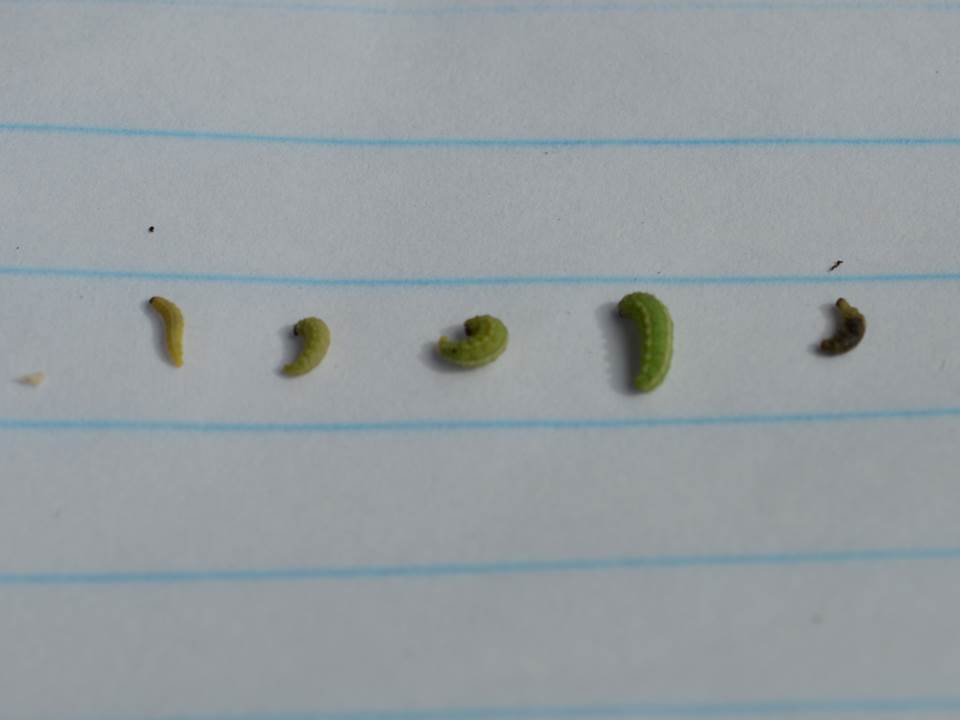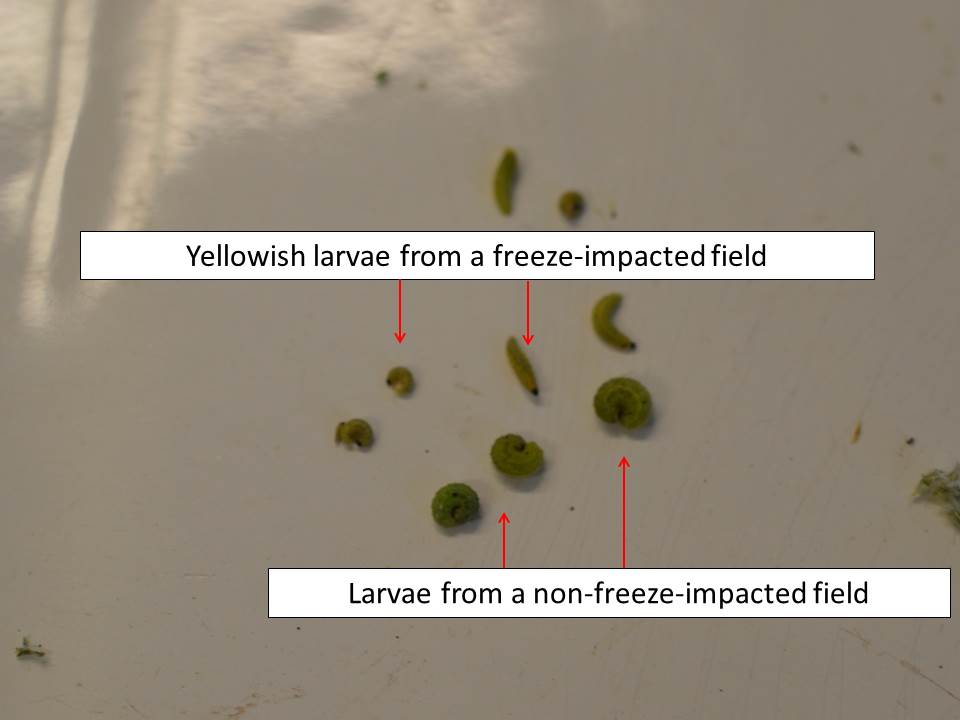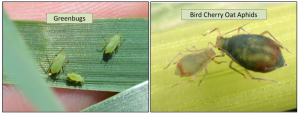By — Dr. Jeff Whitworth, Dr. Holly Schwarting
Most corn has been planted in SC and NC Kansas, although some has been struggling somewhat with the cooler temperatures, wet soils, etc. Whatever the case, please remember insecticide seed treatments do a good job of protecting the seed and germinating plants, but not forever. About 3-4 weeks of protection from the time of planting can be expected but after that, wireworms, white grubs, etc. may affect the seedlings, especially under less than ideal growing conditions.



